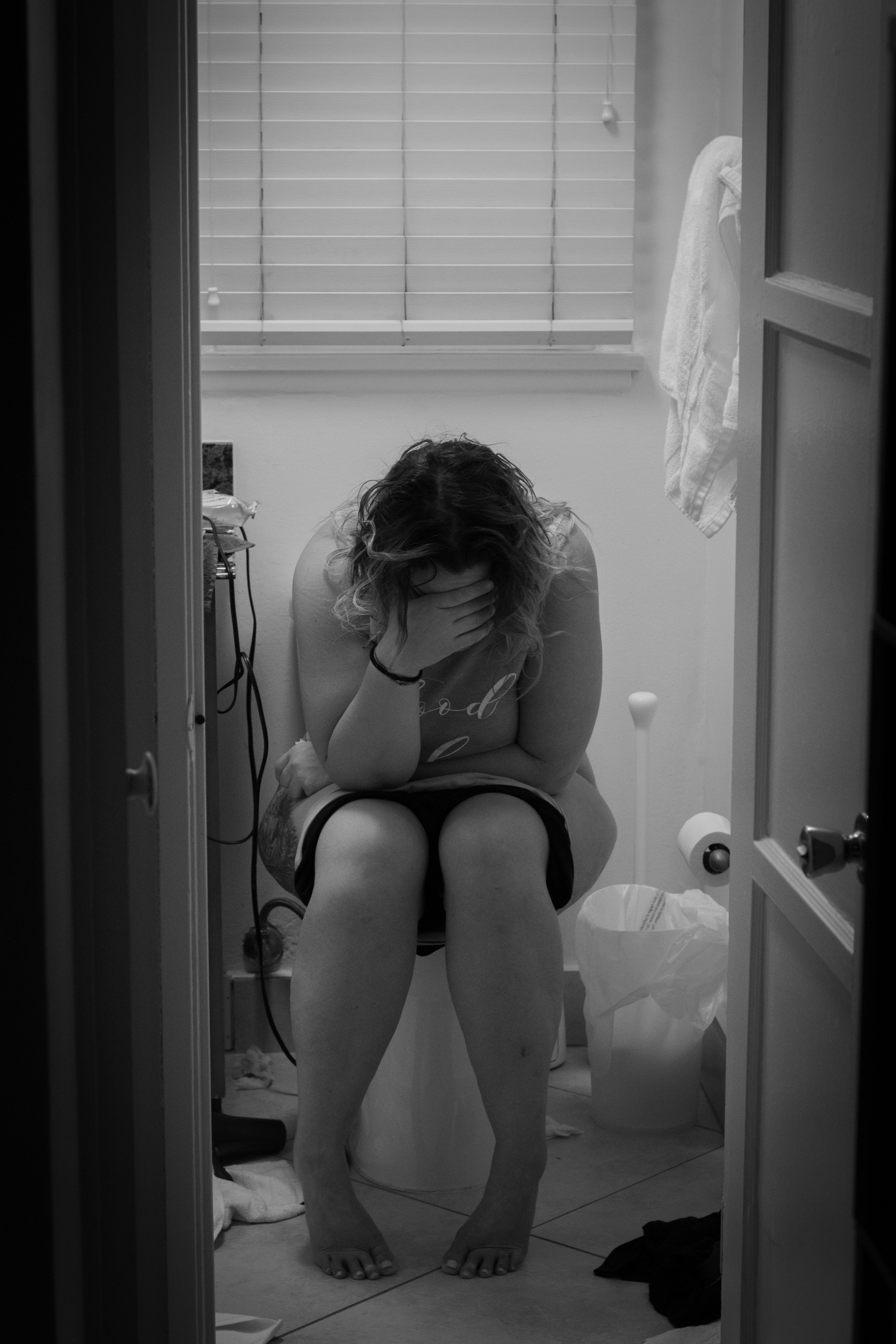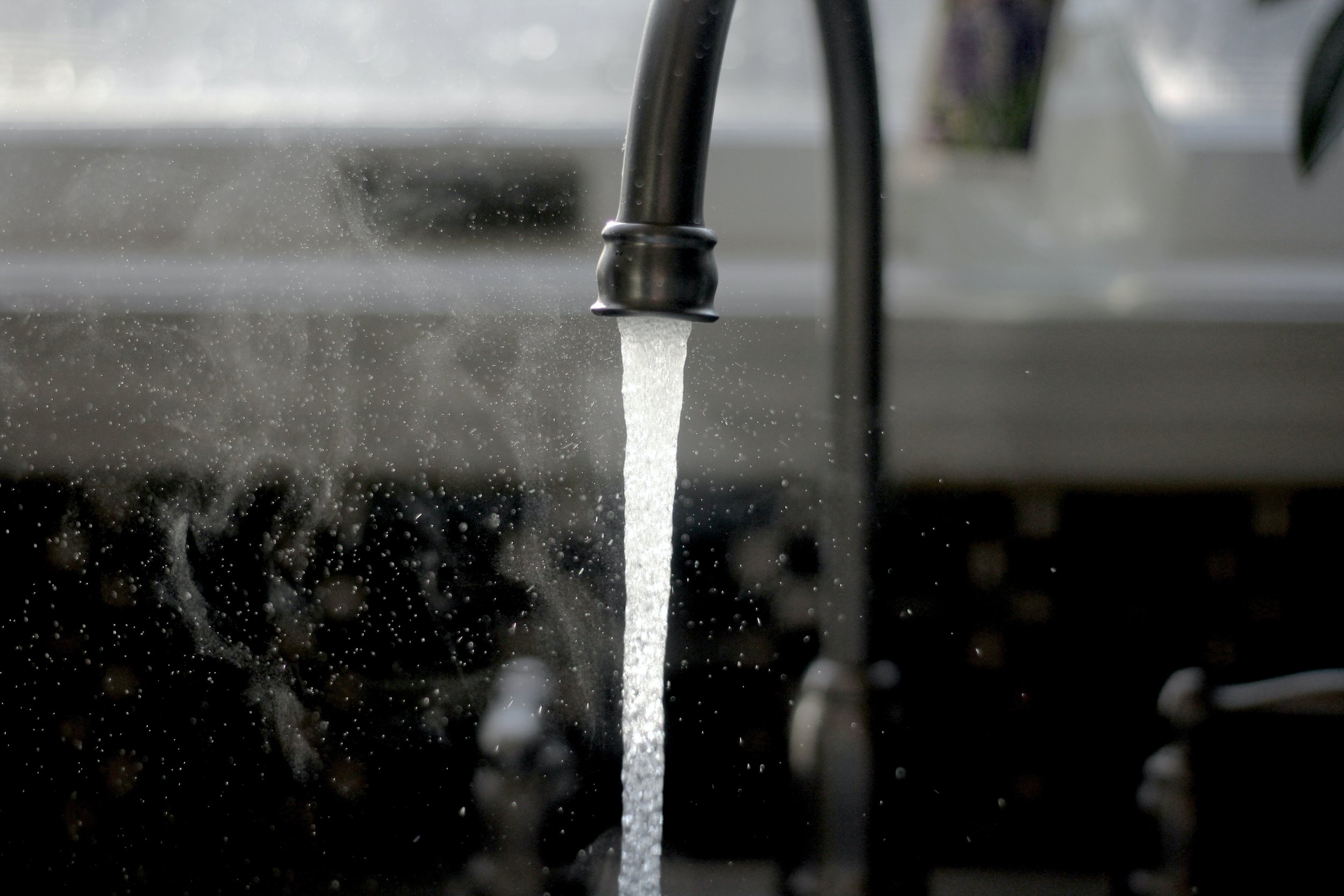Peeing After Birth - How Long Will It Take?
Once the foley catheter removal takes place, you should be able to urinate on your own within 4 hours. The nurse will want to help you out of bed and to the bathroom if this is the first time you’ve gotten up. This first urine must be collected so the nurse can measure the quantity. A plastic container called a “hat” is placed under the toilet seat and will catch the urine.
If you are not able to go, your medical team will typically allow 6 hours after removal of catheter before considering interventions. If you cannot go within the first 6 hours after foley catheter removal, you may have postpartum urinary retention, otherwise known as voiding dysfunction. This is pretty common within the first two days after delivery. This means that the bladder muscle is unable to release any or all of your urine. If this happens, you can read about it here!
Urinating after catheter removal may burn or sting, because the urethra can be sore from having the catheter in place. After about 48 hours, it should feel pretty normal to urinate again. You can find out more what to expect after a foley catheter removal here!
Peeing After Birth - How to Help Speed Things Up
Some women have difficulty urinating after catheter removal. Anxiety about the pain, perineal trauma, postpartum urinary retention, lingering anesthesia and lack of privacy are some of the main reasons they cant pee after catheter removal. Below are 7 tips on how to pee after foley catheter removal:
Wait a minute. If you feel the urge come on, take a short walk first before trying. This will give your bladder a chance to fill up more and for the pressure to build, which will help the urine come out easier. The last thing you want to do after a c-section or perineal trauma is bear down and push.
Turn on running water. This can help you relax and take the focus off of your body.
Privacy. You haven’t experienced privacy since you stepped foot in the hospital, so sometimes our bodies need a minute to feel safe and relaxed before we can urinate.
Rinse. Using warm water and a peri bottle, spray your perineum with the bottle. This trick works for some! Just make sure your nurse is able to document the true amount of urine vs water in the hat.
Peppermint. Drop a few drops of peppermint essential oil in the hat before you sit down. Peppermint oil has properties that are known to reduce spasms, which can relax the bladder sphincter, thus encouraging urination. Peppermint also has a calming effect. CAUTION- Do not apply peppermint oil topically or ingest if planning to breastfeed/pump, as it has been known to reduce milk supply.
Tap Suprapubic Region. Tap above your pubic bone. This is where your bladder is located and it may help trigger urine release.
Relax. Practice deep breathing and relaxation techniques to relieve muscle tension and to encourage peeing after birth. Taking a warm shower also may help you relax.
Summary
Having a baby is a mind and body-altering experience, in both the best and also most difficult ways. However, there are many things you can do to make the experience easier. Keep reading on other ways you can learn about your postpartum experience!


